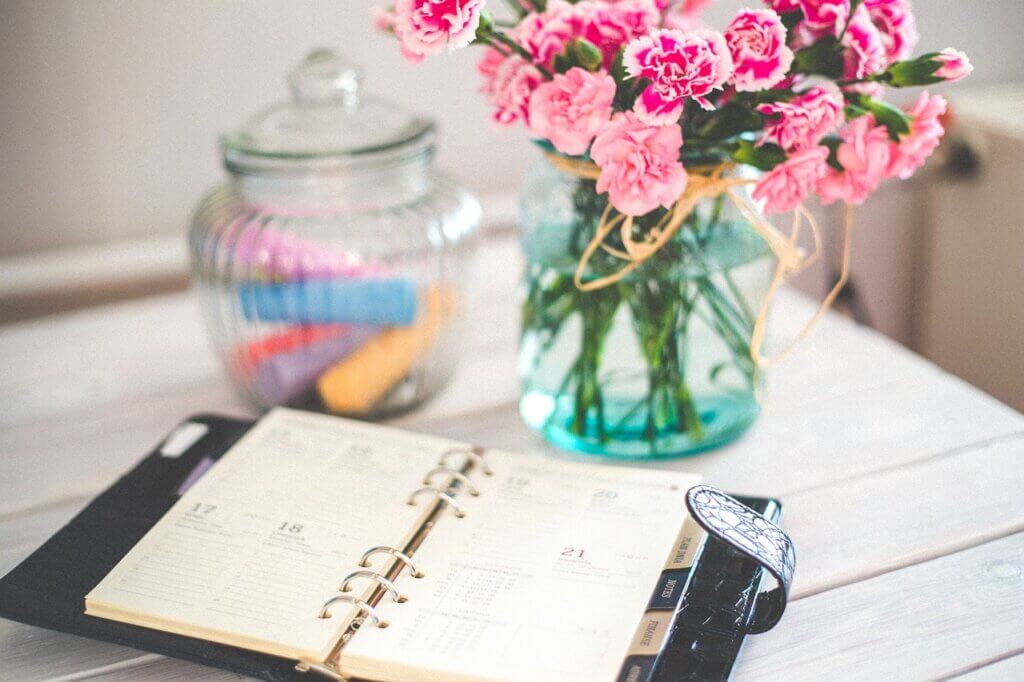May, recognized globally as Mental Health Awareness Month, presents an invaluable opportunity for leaders and communicators to reflect on the critical role of inclusive communication in promoting mental well-being within organizations. Inclusive communication goes beyond mere words; it’s about creating a culture that values openness, respect, and understanding, especially pertinent when discussing mental health.

Inclusive communication can destigmatize
Inclusive communication is instrumental in creating a supportive workplace environment. It involves using language and messaging that resonate with all employees, considering diverse backgrounds and experiences. This approach helps in destigmatizing mental health by encouraging open conversations and showing empathy towards those facing mental health challenges.
Inclusive leaders can advocate
Leaders have a unique position to advocate for and implement policies that support mental health. By actively listening and responding to the needs of their teams, leaders can drive initiatives that promote mental well-being. This includes providing access to mental health resources, training for mental health awareness, and ensuring that workplace policies accommodate mental health needs without discrimination.
Belonging and emotional agility
I’ve written about The healing power of belonging a few months ago to remember World Mental Health Day. LaTonya Wilkins echoes this in her book Leading Below the Surface, writing that, “Belonging is fundamental to our health and well-being. There was even a study done that equated the experience of not belonging to that of physical pain.” In her book Humanity at Work, Anjali Bindra Patel wrote a lot about wellbeing and how this connects with inclusion work. “To develop those wellbeing elements, we need to build emotional skills first,” she said. Susan David, in her book (and one of my all-time favorites!) Emotional Agility described emotions as ‘responses’ or ‘data’ from what is going on in the outside world. She coined the phrase ’emotional agility’ and also connected it with well-being and success. “Emotional agility – being flexible with your thoughts and feelings so that you can respond optimally to everyday situations – is key to well-being and success,” she wrote.
Learn more from these mentioned books
Strategies for implementing inclusive communication
- Educate and train. Regular training sessions on mental health awareness and inclusive communication can equip employees with the knowledge to support their colleagues compassionately.
- Promote open dialogue. Encourage open discussions about mental health through structured forums and meetings, ensuring that all voices are heard and validated.
- Adapt and personalize communication. Tailor messages to meet the diverse needs of the workforce. This includes using various communication channels to ensure accessibility and understanding.
- Share stories. Sharing real-life scenarios where inclusive communication strategies have successfully impacted mental health positively can serve as a blueprint for others. Examples might include a company that implemented ‘mental health days’ with positive outcomes or an organization that has successfully integrated mental health education into its core values.
In other words
Inclusive communication and leadership are not just beneficial but essential for nurturing a healthy workplace environment. As we observe Mental Health Month, let’s commit to these practices, not just for the month but as ongoing efforts. By doing so, we can create workplaces that truly support the mental well-being of every individual.
Micro-actions
- Reflect on your communication. Take time this month to review your communication style. Is it inclusive and sensitive to mental health issues?
- Educate yourself and others. Participate in a mental health training session, or organize one for your team.
- Initiate a dialogue. Start a conversation about mental health in your next team meeting. It doesn’t have to be extensive, but opening the floor can make a significant difference.
Well-being through inclusive communication and leadership will take time. Engaging with these actions can help you and your organization move towards a more inclusive and mentally healthy workplace.#






